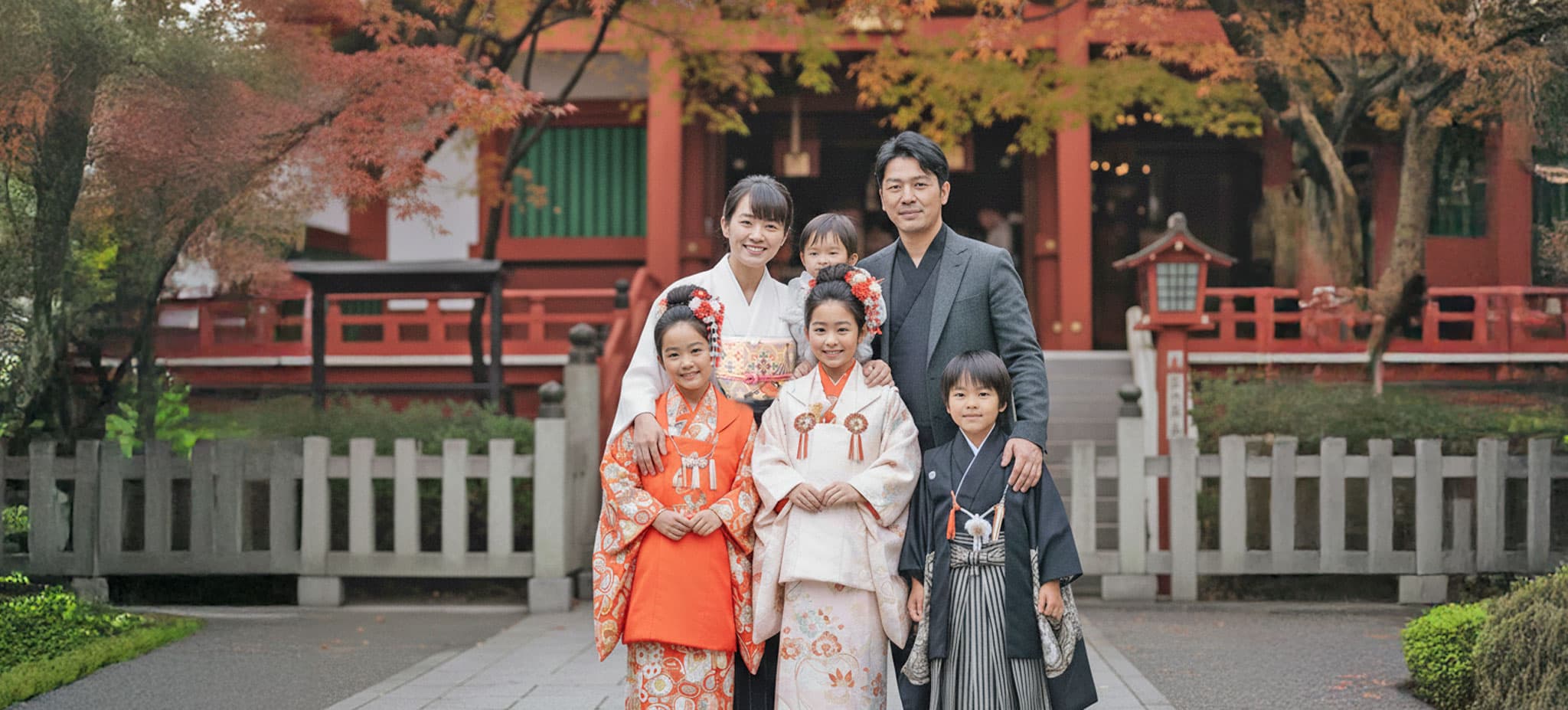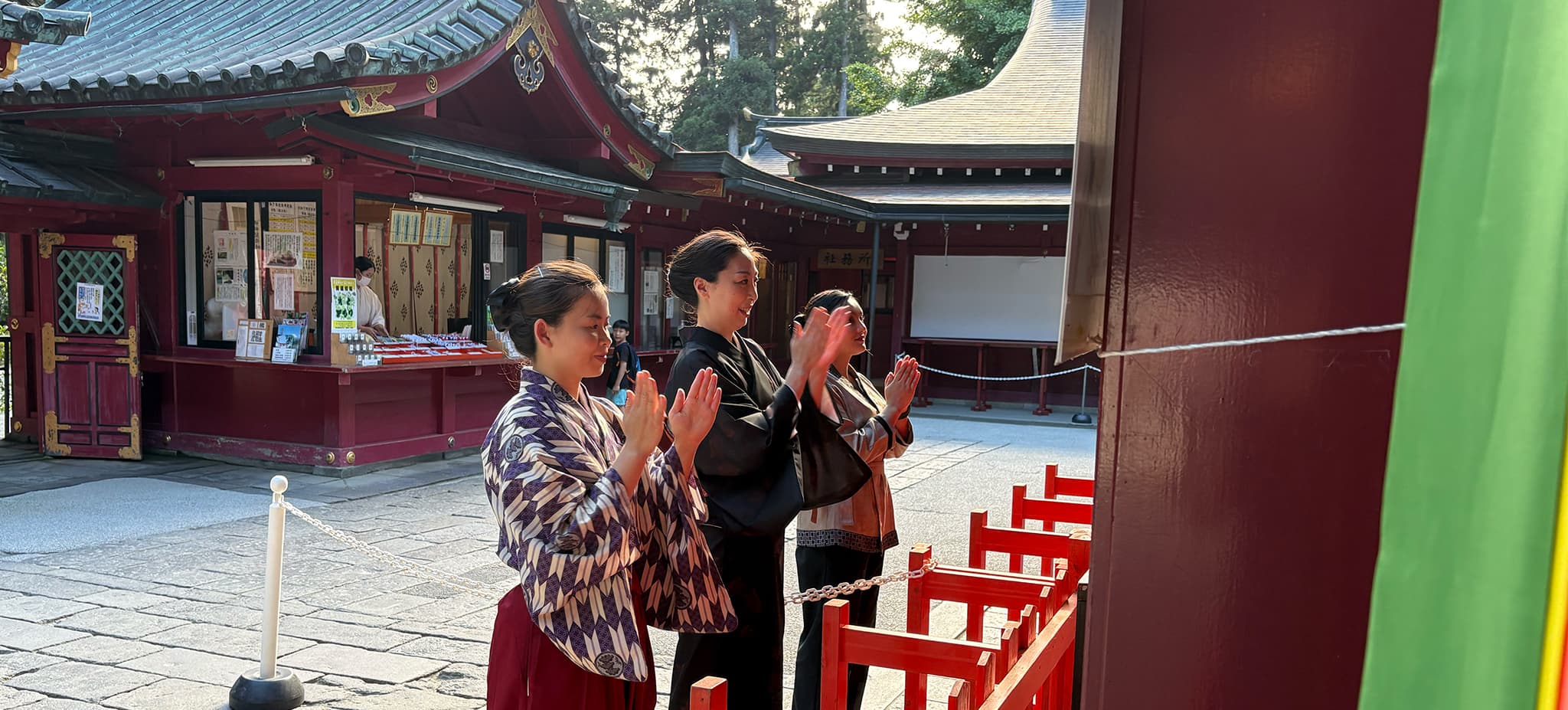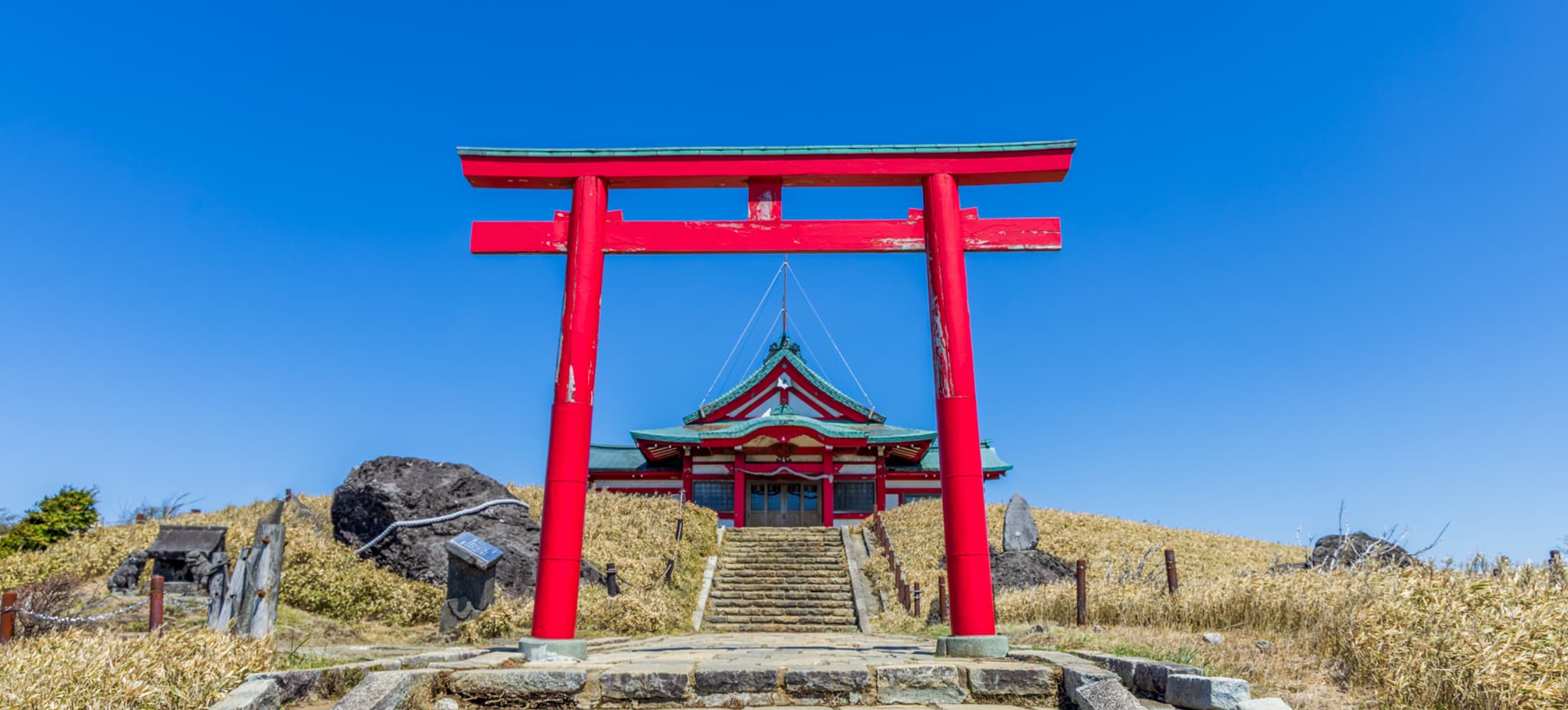Kinnotake Blog #Japanese Culture #Shrine
Kinnotake Blog
10/24/2025
A Milestone in Tradition: Our Shichi-Go-San Celebration
Shichi-Go-San: A Snapshot of Japanese Childhood
Cherishing Childhood: Shichi-Go-San 七五三
Shichi-Go-San (七五三), literally meaning "Seven-Five-Three," is a cherished Japanese rite of passage. It is a festival day when parents take their young children to Shinto shrines to give thanks to the gods for their healthy growth and to pray for their continued well-being.
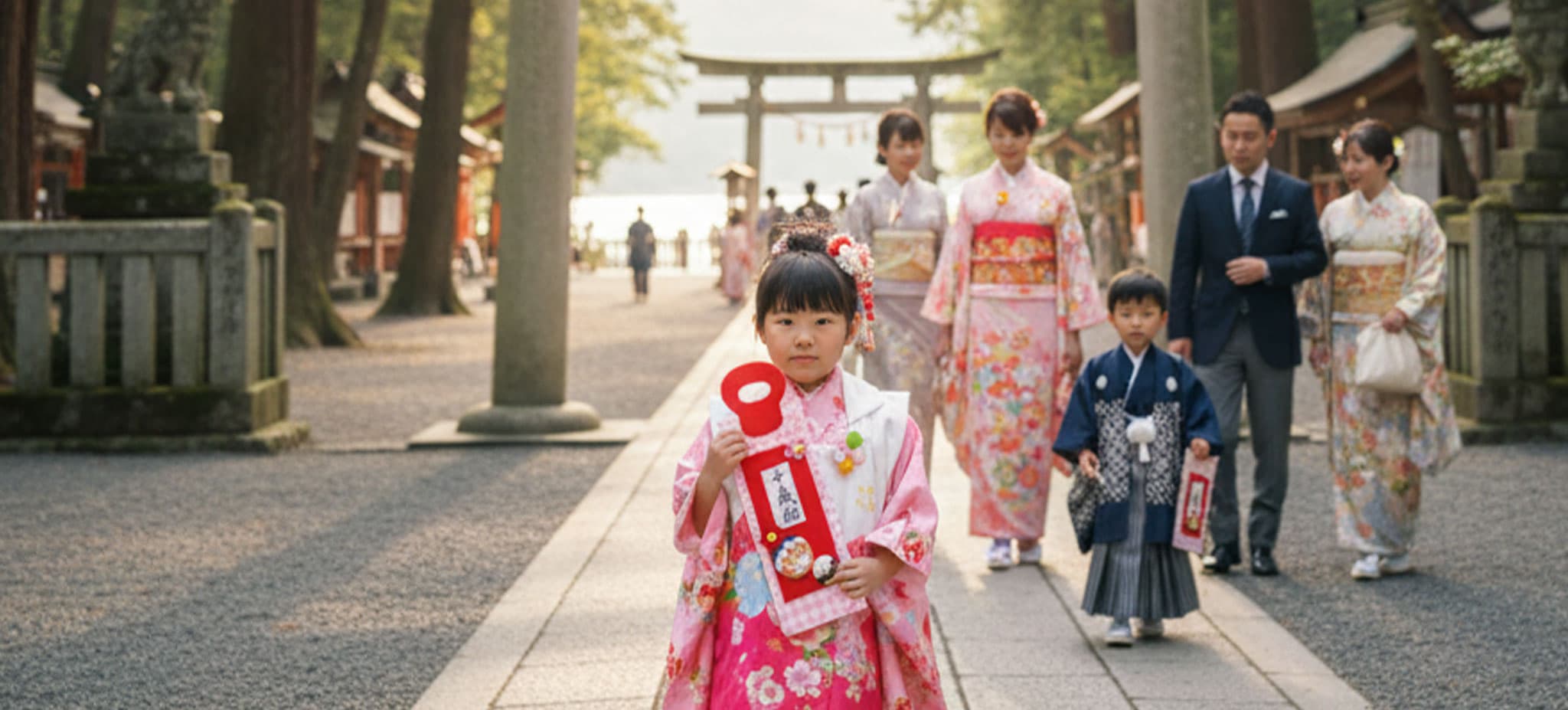
A Brief History and Core Tradition
Historically, high infant mortality rates meant reaching certain ages was a major milestone. This festival formally marks the transition of children into different stages of their lives:
Age 3 (Both Genders): Kamioki (髪置) - This is the point when the child stops shaving their head and is officially allowed to grow their hair out.
Age 5 (Boys Only): Hakamagi (袴着) - This milestone involves the boy wearing hakama (traditional trousers) for the first time, symbolizing their step toward maturity.
Age 7 (Girls Only): Obitoki (帯解) - At this age, the girl switches from simple strings used to hold her kimono closed, to wearing a formal obi (a wide kimono sash), marking a significant transition in their attire.
Though the age count is often based on the traditional kazoedoshi (which counts a child as one year old at birth), it is now usually celebrated based on the Western age the child turns during that year.
The Modern Custom
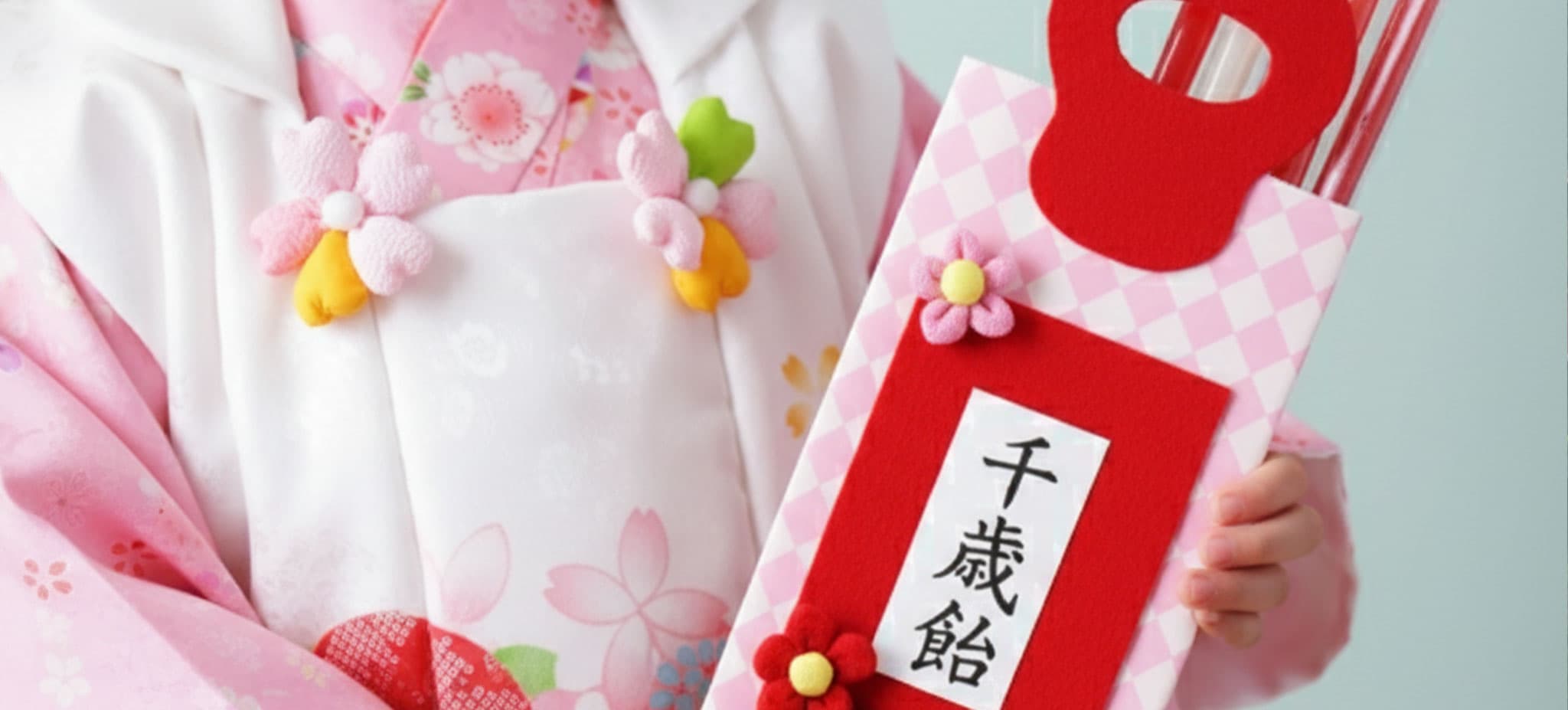
The modern Shichi-Go-San celebration is a blend of tradition and modern luxury:
- When: The festival is officially held on November 15th, but families often visit the shrine on the nearest weekend, or throughout October and November.
- Attire: Children dress in traditional formal wear: boys wear kimono and hakama, and girls wear beautiful, often brightly colored kimono.
- The Gift: Children receive Chitose-Ame (千歳飴), or "Thousand-Year Candy." This long, thin, red-and-white candy symbolizes long life and is given in a beautifully decorated bag featuring cranes and turtles (symbols of longevity).
- The Ritual: Families participate in a special purification and prayer ceremony performed by a Shinto priest.
Shichi-Go-San in Hakone
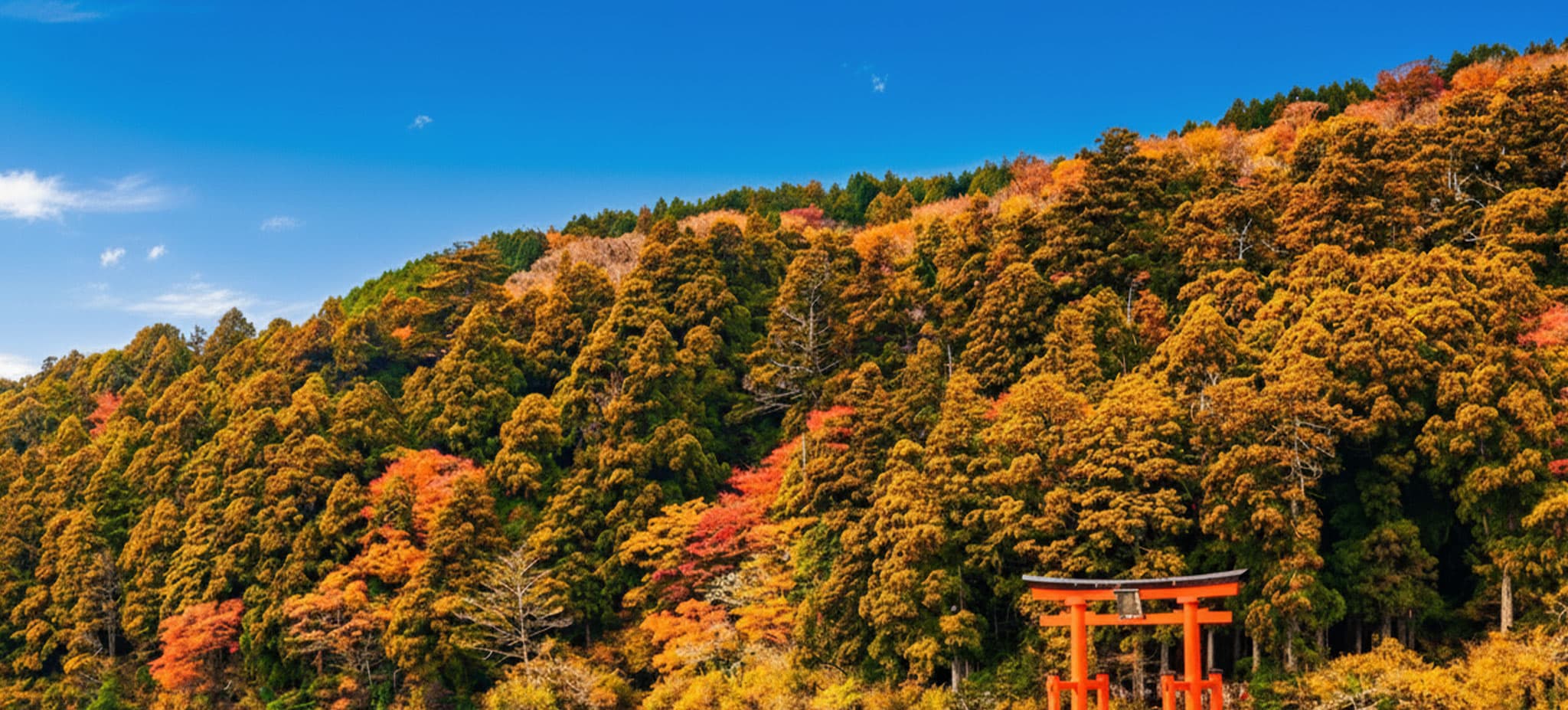
While major cities like Tokyo or Kyoto have famous shrines for this event, you can easily encounter this heartwarming sight in the scenic, culturally rich area of Hakone.
- Where to See It: The most likely place to observe this custom in Hakone is at the Hakone Shrine (箱根神社). Located at the foot of Mount Hakone and the shores of Lake Ashi, it is the most prominent and popular Shinto shrine in the area. Its majestic setting makes it a popular spot for traditional celebrations.
- When to Go: The best time to see children in their full festive attire is on weekends throughout November, especially the weekends closest to November 15th.
What You’ll See:
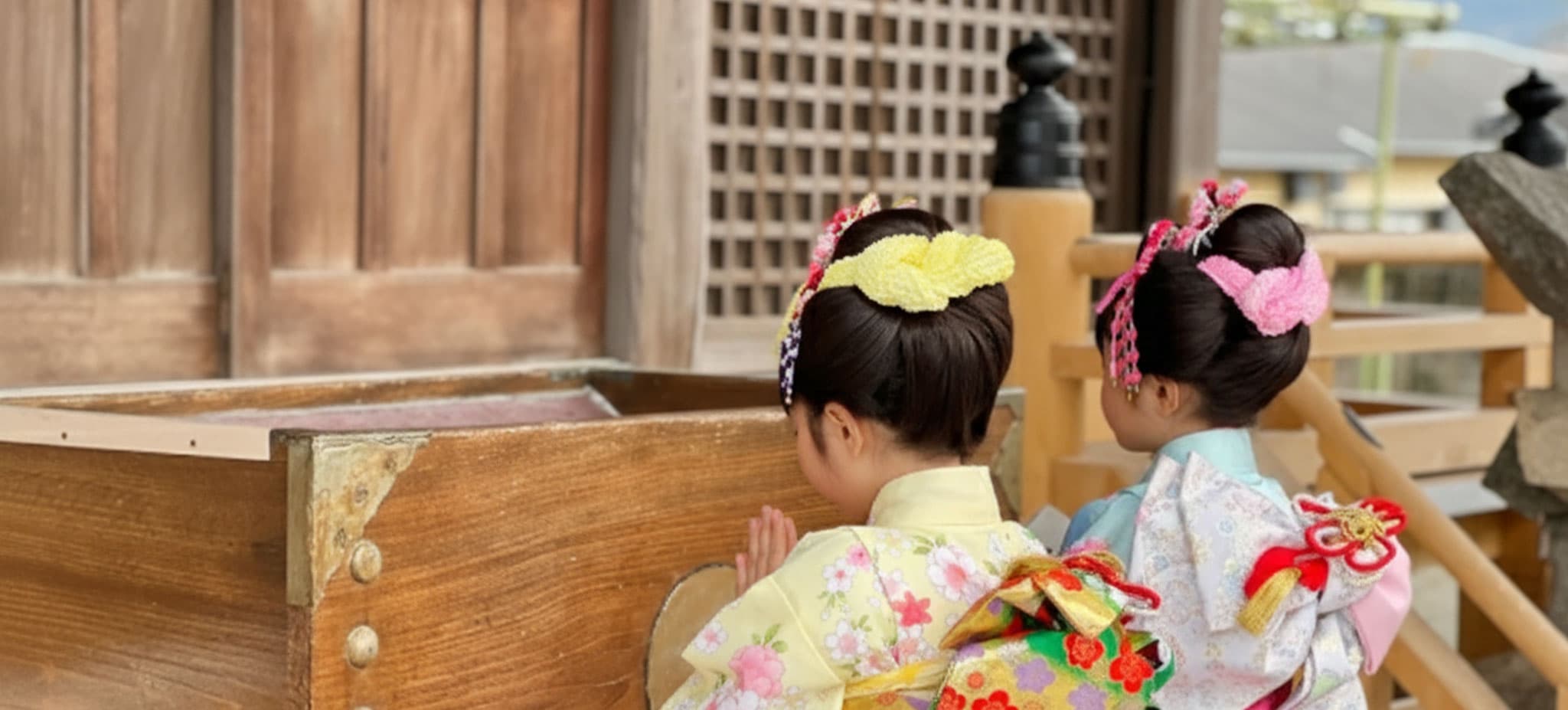
You’ll spot families dressed in their finest traditional wear, walking up the shrine steps, often taking commemorative photos. It is a beautiful chance to witness Japanese cultural traditions firsthand. Remember to be respectful and discreet if taking photos!

 Kinnotake Resorts
Kinnotake Resorts